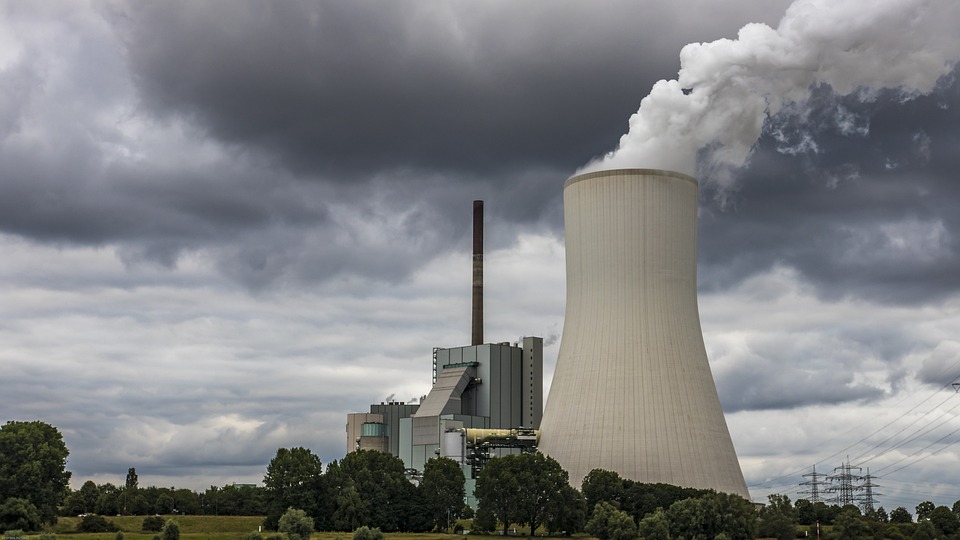The Coldest Temperature in the Universe: Unveiling the Mysteries of Absolute Zero
Deep within the heart of space lies a realm where temperatures drop to unfathomable lows, a domain that challenges our understanding of the fundamental laws of physics. The coldest temperature in the universe, absolute zero, is a threshold that scientists have long sought to conquer. But what is absolute zero, and what secrets lie hidden in its frigid grasp?
Defining Absolute Zero
Absolute zero, denoted by 0 K, is the theoretical temperature at which the kinetic energy of particles reaches zero. It’s the lowest possible temperature that can exist in the universe, and it’s not just a theoretical concept. Scientists have successfully reached temperatures extremely close to absolute zero in laboratory settings using cutting-edge technology.
The Pursuit of Absolute Zero
The journey to achieve absolute zero began with the invention of the refrigerator in the early 19th century. Scientists like Sir William Cullen and Joseph Black paved the way for the discovery of refrigerants and the development of more advanced cooling techniques. The first quantum computer, developed in the 1980s, further accelerated the pursuit of absolute zero. Today, scientists are pushing the boundaries of cooling technology, experimenting with superfluids, and harnessing the power of magnetic fields to create increasingly cold environments.
The Science Behind Absolute Zero
Reaching absolute zero requires a deep understanding of the quantum realm, where particles begin to behave in unusual ways. As temperature decreases, the vibrations of particles slow, and eventually, they come to a complete halt. At absolute zero, the matter itself becomes quantum in nature, allowing scientists to manipulate its behavior with incredible precision.
Experimental Attempts and Achievements
Researchers have used various methods to approach absolute zero, including:
- Laser cooling: Trapping particles using lasers, scientists can cool them to just a few billionths of a degree above absolute zero.
- Cryogenic technology: Utilizing superconductors, magnetic traps, and advanced cryostats, scientists have cooled materials to mere hundredths of a degree above absolute zero.
- Quantum computer refrigeration: Some scientists use the process of quantum information transfer to cool particles and approaches near absolute zero.
The current record for the coldest temperature was set in 2013, when researchers achieved 450 picokelvin (pK) in a mixture of sodium and rubidium atoms. For context, that’s 50,000 times colder than space!
What Lies Ahead
The quest for absolute zero continues to fascinate scientists, as the frontier holds promises of breakthroughs in:
- Quantum computing: Advancements in cooling could enable more accurate and efficient quantum computers.
- Cryogenic applications: Achieving absolute zero could lead to new technologies for medicine, transportation, and energy storage.
- Materials science: Uncovering the behavior of matter at absolute zero could unlock novel materials with extraordinary properties.
FAQs
- Is absolute zero reachable in nature?: In the universe, it’s possible to reach temperatures near absolute zero, such as in the Boomerang Nebula, which is just 5 K (−268.15 °C) away.
- How do scientists cool objects to absolute zero?: By harnessing quantum effects, scientists can create complex cooling systems using cryostats, magnetic traps, and advanced cryogenic techniques.
- What’s the difference between absolute zero and zero degrees Celsius?: While zero degrees Celsius is -17.78 °F, absolute zero is theoretically zero kelvin (−273.15 °C), a fundamental concept in quantum mechanics.
- Are there any applications for achieving absolute zero?: The pursuit of absolute zero could lead to groundbreaking innovations in quantum computing, materials science, and cryogenic technologies.
- Is absolute zero the coldest temperature ever reached?: Scientists continue to push the limits, aiming to achieve temperatures closer to absolute zero. Who knows what mysteries lie hidden in the next record-breaking temperature?
Join us in the journey to the extremes of temperature, where the coldest secrets of the universe await our discovery.
Image:
A graph depicting the journey to absolute zero, showing the different methods used to achieve cooler temperatures and the record-breaking milestones reached along the way.
Key statistics:
- Absolute zero (0 K) = -273.15 °C (-459.67 °F)
- Current record temperature (2013): 450 picokelvin (pK) = 0.000005°C
- Temperature of the Boomerang Nebula: 5 K (−268.15 °C)



